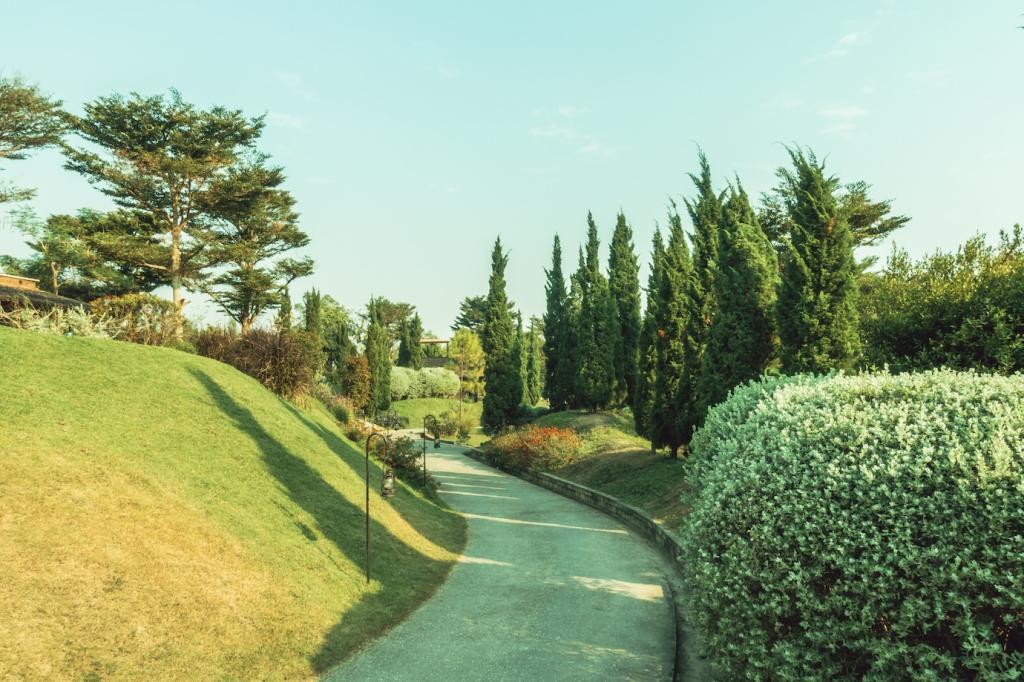
Incorporating Native Plants for Environmental Benefits
Embracing native plants in landscaping and gardening plays a crucial role in promoting ecological balance and environmental sustainability. These species, naturally adapted to the local climate and soil conditions, form the backbone of healthy ecosystems. Incorporating native plants not only enhances the beauty and resilience of gardens but also offers substantial benefits to water conservation, wildlife support, and the overall reduction of environmental impact. By understanding the advantages and methods of integrating native plants, individuals and communities can make informed choices that contribute positively to the planet’s well-being.
Enhancing Biodiversity and Supporting Wildlife
Native plants have evolved alongside local pollinators, creating an essential mutual relationship. Many native flowers are the preferred source of nectar and pollen for indigenous bees, butterflies, and hummingbirds. By incorporating these plants into a garden or landscape, gardeners help maintain healthy populations of pollinators, which are vital for the reproduction of both wild and cultivated plants. The preservation of these mutual relationships supports a broader network of life, promoting ecological resilience and productivity in both natural and human-managed environments.
Previous
Next

Efficient Use of Water Resources
One of the primary advantages of gardening with native plants is the efficient use of water. Because native species are acclimated to the region’s rainfall, they typically require little or no additional watering once established. This helps to significantly reduce household and municipal water consumption, especially in areas prone to drought. By using native plants, landscapes can thrive during periods of limited water availability, supporting sustainable gardening and land management practices that respect and conserve local water resources.
Soil Structure and Erosion Control
Native plants regularly possess extensive root systems that play a key role in fortifying soil structure and preventing erosion. Their roots hold soil particles together, limiting the loss of topsoil during heavy rains or wind. This natural stabilization is especially valuable in areas with slopes or where development has disturbed the original vegetation. Healthy soils created and maintained by native plants also support beneficial soil organisms, further improving soil fertility and ecosystem function over time.
Natural Fertility and Reduced Chemical Inputs
Landscapes designed with native plants typically require fewer chemical fertilizers and pesticides. Native species, being adapted to the local soil conditions, thrive without the regular input of synthetic nutrients or intensive pest control. This not only saves gardeners time and money but also reduces the risk of harmful chemical runoff into waterways. In the long term, gardens and green spaces centered around native plants encourage a more organic and regenerative approach to land care, fostering healthier ecosystems and soils.
Climate Adaptation and Carbon Sequestration
Resilience to Climate Stress
Native plants are naturally equipped to cope with the climate conditions specific to their region, including temperature extremes, diseases, and pests. This resilience translates to reduced maintenance and fewer losses during adverse weather events. Unlike many exotic plants that may wilt or fail under stress, native species generally recover quickly and continue to thrive, ensuring the stability of gardens and green spaces even as the climate undergoes unpredictable changes.
Carbon Uptake and Storage
Through processes such as photosynthesis, native plants capture and store atmospheric carbon dioxide in their tissues and in the soil via their roots. Over time, landscapes filled with native vegetation can become effective carbon sinks, which is especially true for prairies, forests, and wetlands restored with native species. Supporting these natural sequestration processes helps offset greenhouse gas emissions, illustrating how local landscaping decisions can have global environmental impacts.
Mitigating Urban Heat Islands
In urban environments, native plants contribute to lowering ambient temperatures, mitigating the urban heat island effect. Their canopies provide shade, reduce heat absorption by surfaces such as pavement, and promote the release of water vapor into the air through transpiration. By replacing heat-absorbing lawns or hardscapes with native plantings, cities can improve local microclimates, offering relief from heatwaves and supporting overall community well-being in a warming world.
